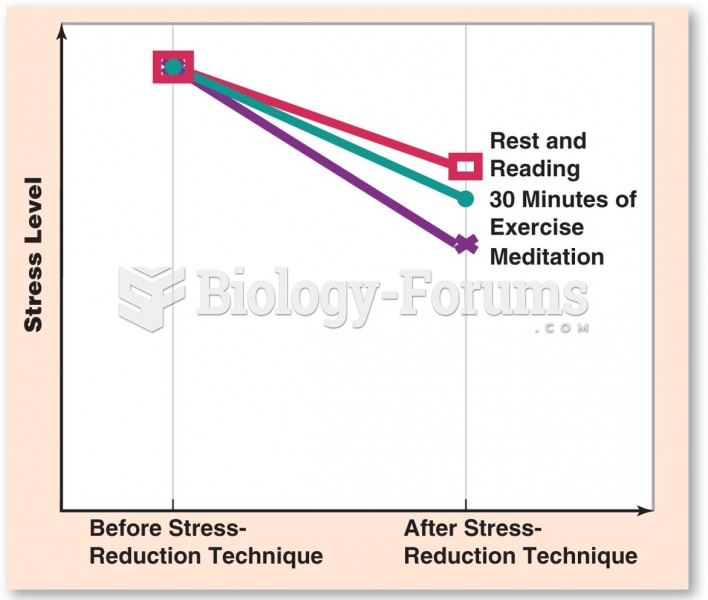Answer to Question 1
Techniques to improve a document's readability:
Employ white space: Empty space on a page is called white space. A page crammed full of text or graphics appears busy, cluttered, and unreadable.
Understand margin and text alignment: Margins determine the white space on the left, right, top, and bottom of a block of text. They define the reading area and provide important visual relief. Business letters and memos usually have side margins of 1 to 1 1/2 inches. Most business documents have ragged right margins, that is, without alignment or justification. Ragged right margins provide more white space and improve readability.
Choose appropriate typefaces: A typeface defines the shape of text characters, and a wide range of typefaces is available for various purposes. For most business documents, use serif or san serif typefaces, and generally use no more than two typefaces in one document.
Capitalize on type fonts and sizes: A font refers to a specific style within a typeface family. Font styles are a mechanical means of adding emphasis to your words. All caps, small caps, and bolding are useful for headings, subheadings, and single words or short phrases in the text. Boldface, italics, and underlining are effective for calling attention to important points and terms. Readers are generally most comfortable with 10- to 12-point type for body text.
Use numbered and bulleted lists for quick comprehension: One of the best ways to ensure rapid comprehension is through the use of numbered or bulleted lists. Lists provide high skim value. This means that readers can browse quickly and grasp main ideas. By breaking up complex information into smaller chunks, lists improve readability, understanding, and retention.
Add headings for visual impact: Headings are an effective tool for highlighting information and improving readability. They encourage the writer to group together similar material. Headings help the reader separate major ideas from details. They enable a busy reader to skim familiar or less important information. They also provide a quick preview or review.
Answer to Question 2
C







